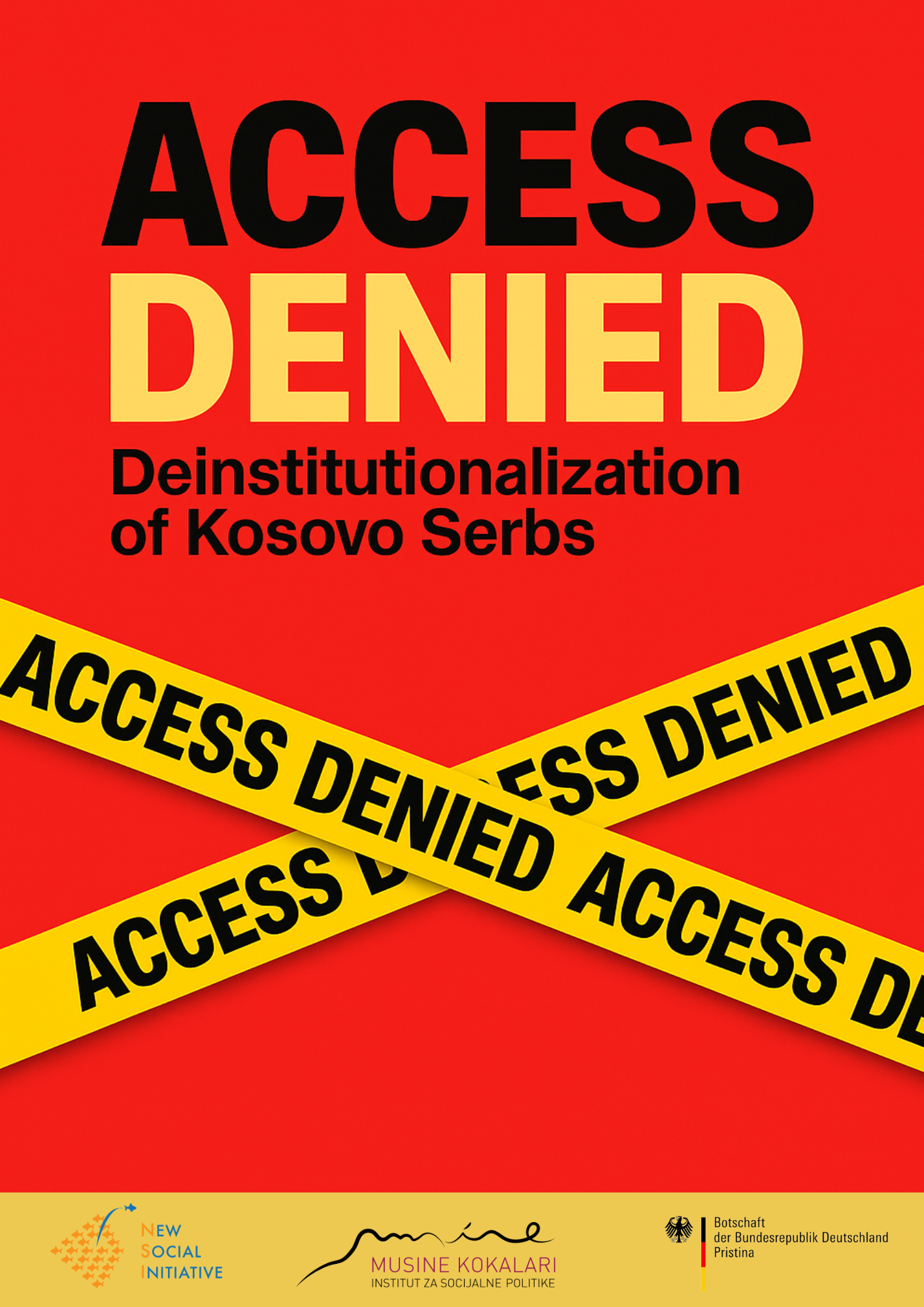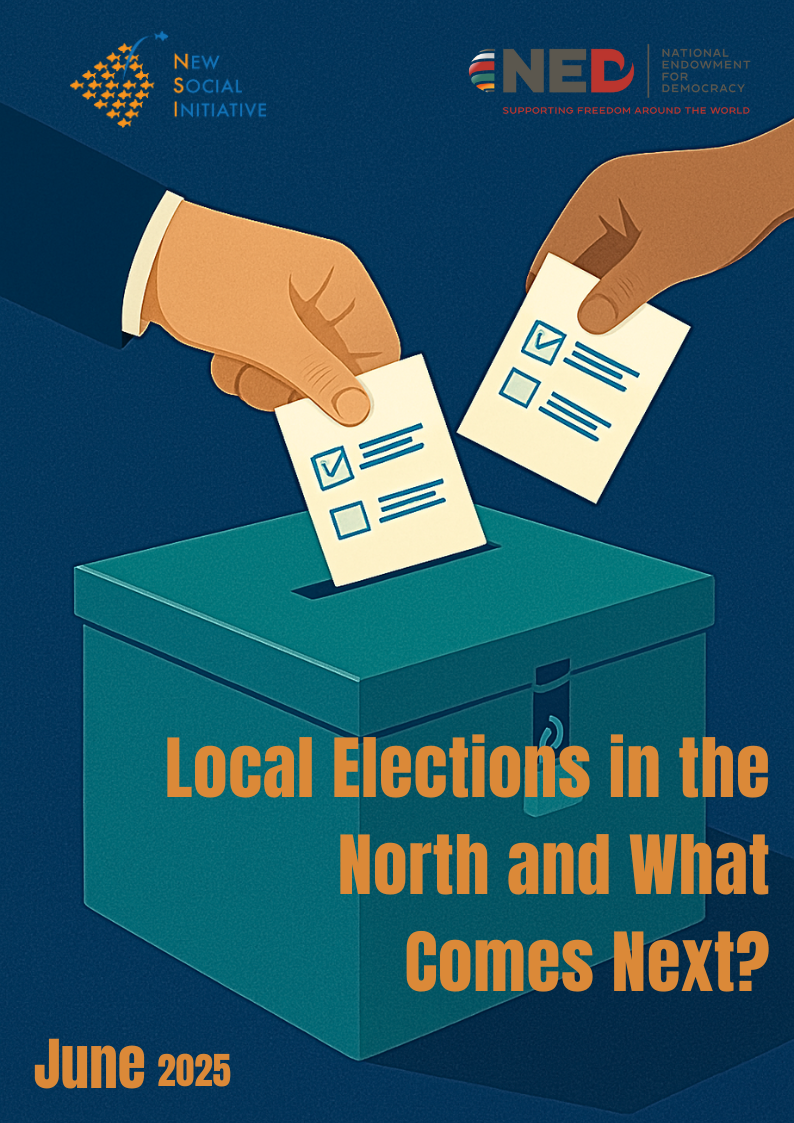The efficiency of Serbia and Kosovo’s institutions’ mechanisms in finding missing persons from the war in Kosovo in the period from 2016 to 2020
After September 2020, when the Washington Agreement was reached, and the EU-facilitated
negotiations between Serbia and Kosovo in Brussels renewed, resolving enforced
disappearances from the Kosovo conflict, as well as the post-conflict period (1998-2000), was
after many years, at least declaratively, very high on the political agendas of the executive
authorities of Serbia and Kosovo.
According to the International Committee of the Red Cross (ICRC), more than 6,000 cases of
missing persons during the war in Kosovo were registered after the war, at the request of family
members. In the meantime, the fate of the majority has been clarified, but nothing is known
about more than 1,600 people yet.
On the occasion of the International Day of the Disappeared at the end of August 2020, the
Association of Kosmet Victims from Belgrade and the Missing Persons Resource Centre from
Priština organized press conferences in Belgrade and in Priština entitled “The Missing Must not
Remain a Number – They Have Names”. At both press conferences in Belgrade and Priština,
Associations of families of missing Serbs and Albanians stated that both countries must open war
archives and reveal information about people who are still listed as missing in the war in Kosovo
(1998-1999). “There is no progress in any society as long as there are secret tombs and
unexcavated bones” said Nataša Šćepanović, president of the Association of Kosmet Victims.
Having in mind the appeals of the families of the missing and civil society to address the issue
of the missing from a humanitarian perspective, as well as a frequent abuse of the issue for
daily political purposes, the Youth Initiative for Human Rights in Serbia (YIHR) and the New
Social Initiative (NSI), with support and coordination of the Working Group for Chapter 35 of
the National Convention on the EU in Serbia, mapped the problem of inconsistent data on
missing persons available to the Government of Serbia and the Government of Kosovo, as well
as insufficiently developed cooperation between institutions of the two governments that would
lead to faster and more efficient finding of missing persons.
As a result, this is an analysis of the efficiency of mechanisms for resolving the issue of missing
persons (legislative solutions, collecting data on missing persons – archives, establishing facts
about missing persons through war crimes trials, grave exhumations) available to Serbian and
Kosovo institutions in the period from 1 January 2016 to 31 December 2020. Finally, in
addition to the analysis of the efficiency of mechanisms in both countries, this document also
contains findings of international state and non-state organizations, data on forms of
cooperation between Serbia and Kosovo in resolving the issue of missing persons, as well as
recommendations for the work of both governments, which can, in our opinion, lead to a more
efficient and humane solution to the issue of the missing than it has been the case so far.
Author:
Anđela Savić, Youth Initiative for Human Rights in Serbia
Marko Milosavljević, Youth Initiative for Human Rights in Serbia
Milica Radovanović, New Social Initiative





